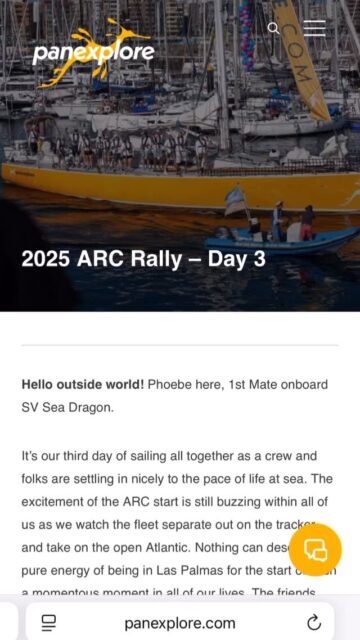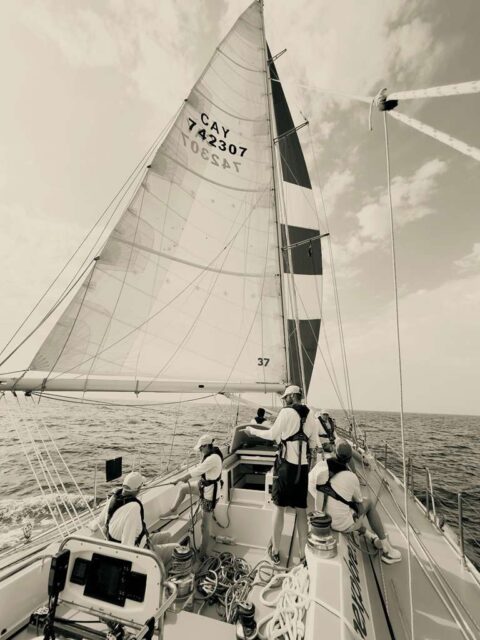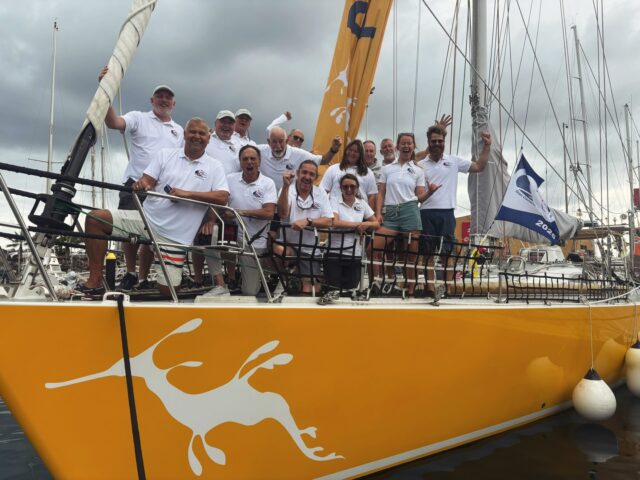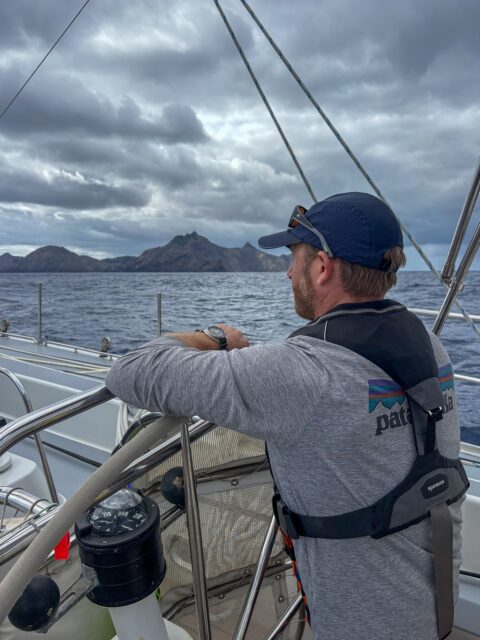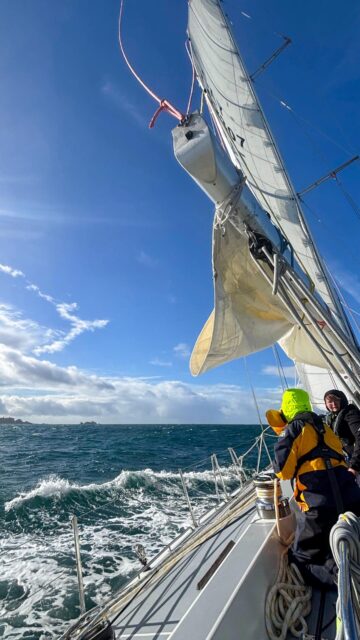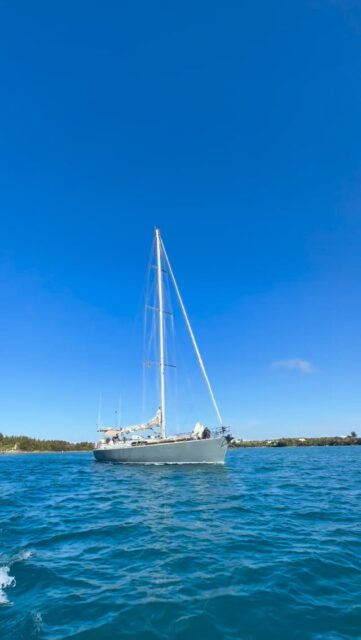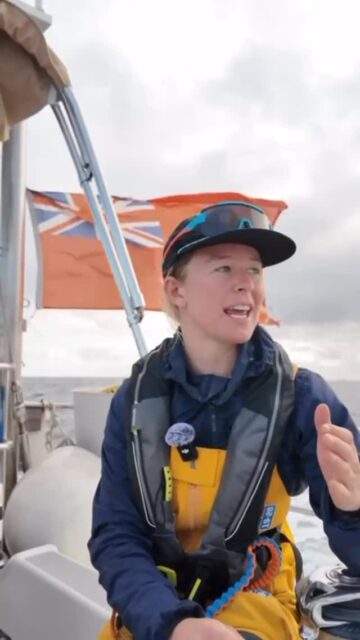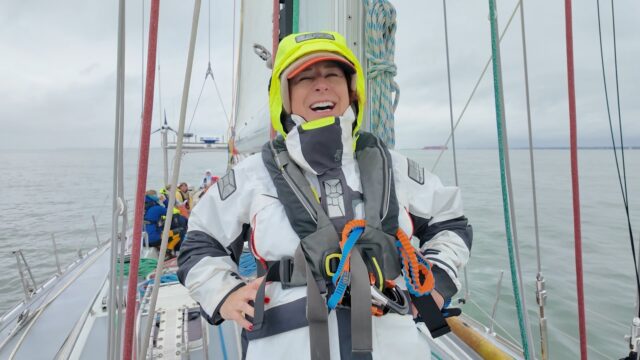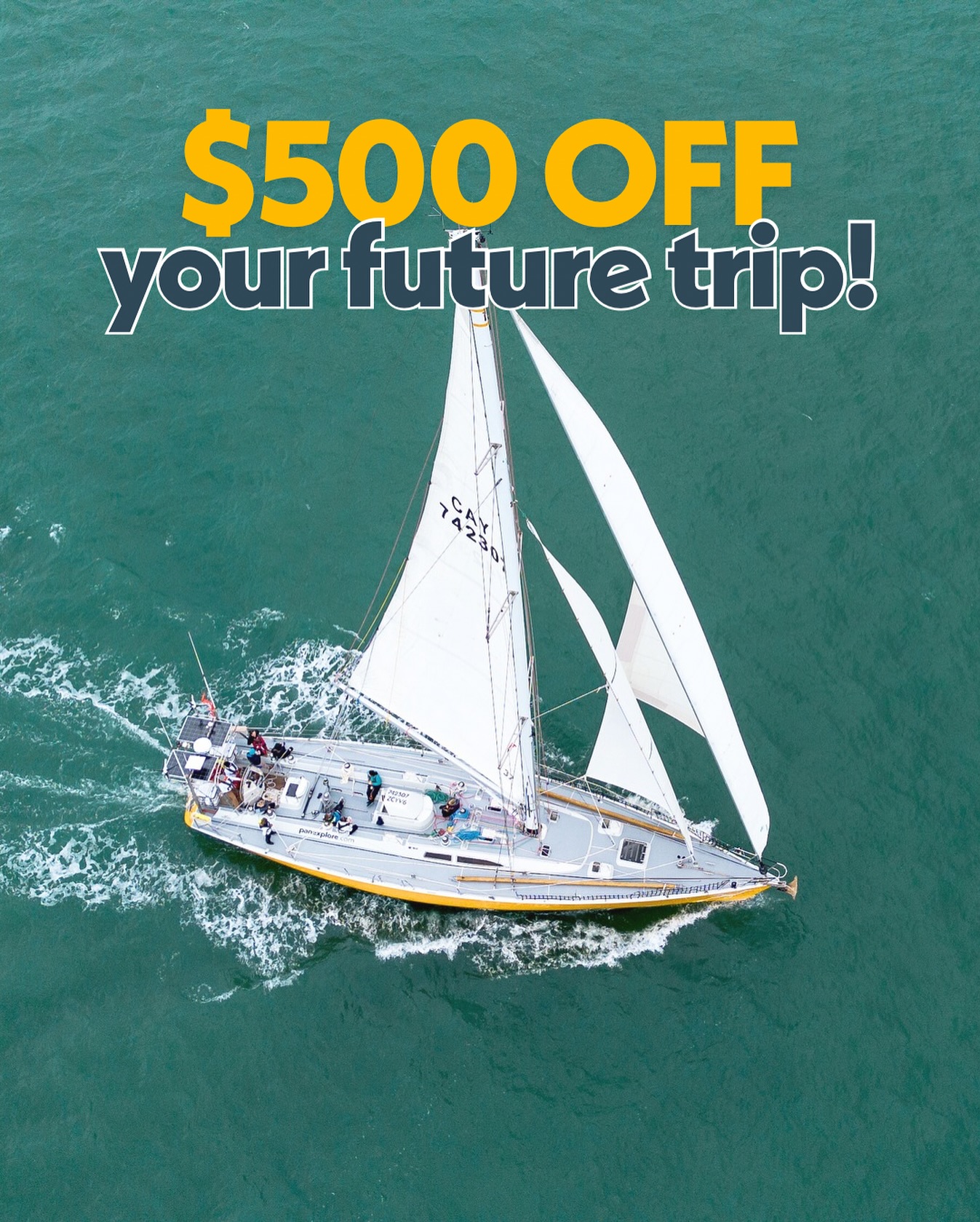Light.
With the advent of sailing sea-farers built signal fires on the beaches to light their way home. Later on, when technology had advanced to the point where it was possible to leave something burning on deck for more than an hour without losing the whole ship, sailors used lanterns hung aloft to push back the night. The early signal fires were then replaced with lighthouses to warn sailors of unseen hazards in their paths.
Nowadays, ships use lights for any number of reasons, from signaling direction, tonnage, and type of vessel to indicating whether a ship is in distress. Prior to the development of dependable radios, semaphore lights were even used to pass entire message from ship to ship using Morse code.
The Sea Dragon is no exception. We have a full complement of running lights, anchor lights, and navigation lights, all designed to keep other vessels fully alert as to our intentions, and to prevent an unintentional rendezvous at sea. Since we’re also using the boat as a diving platform, we’ve got a stack of dive…
Sorry, half hour break to bring onboard a tuna. He’s a little guy, kind of looks like a skipjack. Filleted him up, because he’s going to be dinner, as well as science. Every fish we manage to reel in gets dissected, with their livers and stomachs going to the lab to be analyzed for the presence of plastic debris (you wouldn’t believe how much little plastic bits look like grub to a fish) as well as the existence of Persistent Organic Pollutants, or POP, which are indicators of pollutants in the water. I’m not the right person to ask about that, I’m just here for the diving.
…Which brings me back to the dive lights. Ours were generously donated by my bosses at Ocean First Divers, (thanks guys and gals) and have quickly proven their worth. The beauty of a dive light is not just the fact that you can take it deep into the ocean, but simply that you can take it anywhere near the ocean at all. Anyone familiar with flashlights (‘torches’ for our overseas friends) knows that they tend to fail miserably when brought in the general vicinity of salt water.
As a result, having these waterproof flashlights with upgraded LED bulbs instead of incandescent, has been a huge benefit for the entire sailing trip. We’ve used those lights to bring in a ship that was de-masted outside Rarotonga, acted as a lighthouse on islands whose electricity turned off at ten every night whether you were ready or not, and as spotting torches for coral bommies while entering unknown harbors.
Oh, and we occasionally use them for diving as well; night dives in Rarotonga, for peeking into massive coral canyons in Aitutaki, and most recently during our departure from Penryhn, when we had to send a diver down to check the anchor and eventually tie it off so we could actually depart the harbor before sunset. They’re pretty useful is what I’m saying. Now if I could only get them to make me a decent chai latte…
Until next time,
Chad

